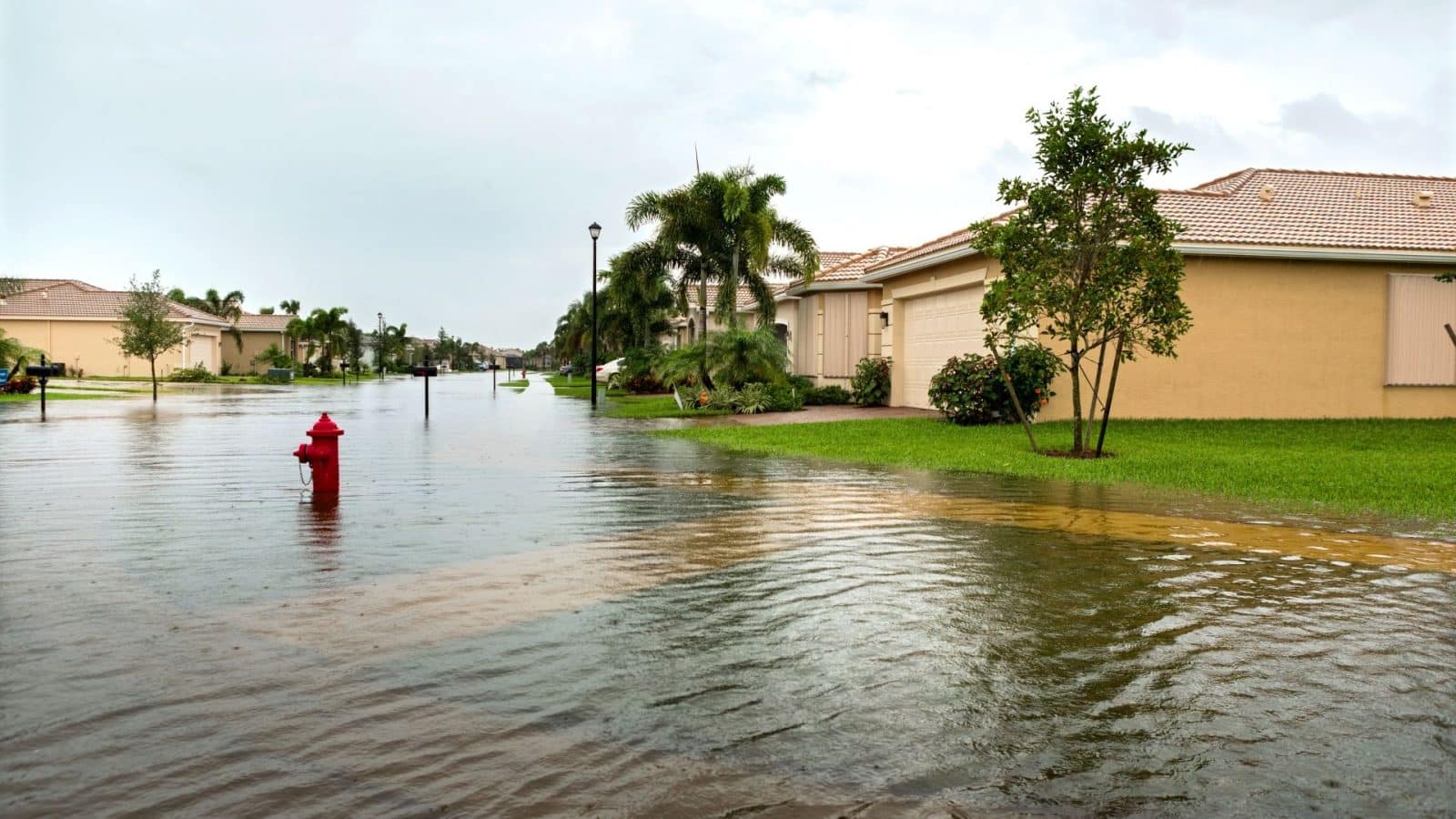Floods can have devastating impacts on homes. From costly repairs and emotional stress, learning how to proactively protect your home from flood damage is essential. Take the following preventive steps—including identifying potential vulnerabilities in your home’s structure and investing in reliable water mitigation equipment—to keep your property safe and secure.
Implement Flood-Resistant Modifications
Making modifications to your home enhances its flood resistance. Elevating appliances and utilities and placing electrical systems and HVAC units above potential flood levels will reduce the risk of water damage. These modifications are especially necessary in areas prone to consistent flooding.
Landscaping adjustments can also aid flood protection. Grading the yard so it slopes away from the house prevents water accumulation near the home’s foundation. This modification effectively directs water away, so your property is less likely to suffer from flooding.
Sealing walls with waterproof coatings provides additional protection. These coatings act as a barrier to prevent water penetration. If you notice any cracks around windows and doors, add caulking to guarantee your home remains secure.
Use Water Mitigation Equipment
Investing in water mitigation equipment can protect your home from costly damage. Sump pumps are crucial devices that manage excess water. These pumps automatically activate when water levels rise, efficiently removing water from basements and low-lying areas.
Flood barriers offer physical protection against floodwaters. Position these barriers strategically to prevent water from entering your property.
Additionally, installing backflow valves in plumbing prevents sewage backups during floods. The valves keep water out and protect your home from contamination.
Regular maintenance of this equipment ensures its effectiveness. Test sump pumps periodically to confirm functionality. Inspect flood barriers for wear and tear, replacing them as needed. Keeping equipment in optimal condition guarantees readiness for potential floods.
Create a Flood Emergency Plan
Having a flood emergency plan ensures your family knows what to do in case of flooding. Start by designating a safe meeting spot outside the home. This location should be at a high elevation, away from potential floodwater. Communicate this plan with all family members so everyone understands their roles.
Include a list of emergency contacts in the plan. Reach out to local authorities and emergency services for assistance. Store essential documents in waterproof containers to prevent damage. Having accessible documentation expedites recovery post-flood.
Conduct regular drills to familiarize your family with the plan. Practice evacuation routes and discuss potential scenarios. Being prepared reduces panic during actual emergencies.
Conclusion
Understanding how to protect your home from flood damage reduces stress levels before, during, and after a flood. By taking these measures, you will effectively safeguard your home and family.
Recommended Readings: Tips for Cleaning Out Your Basement
















Leave a comment